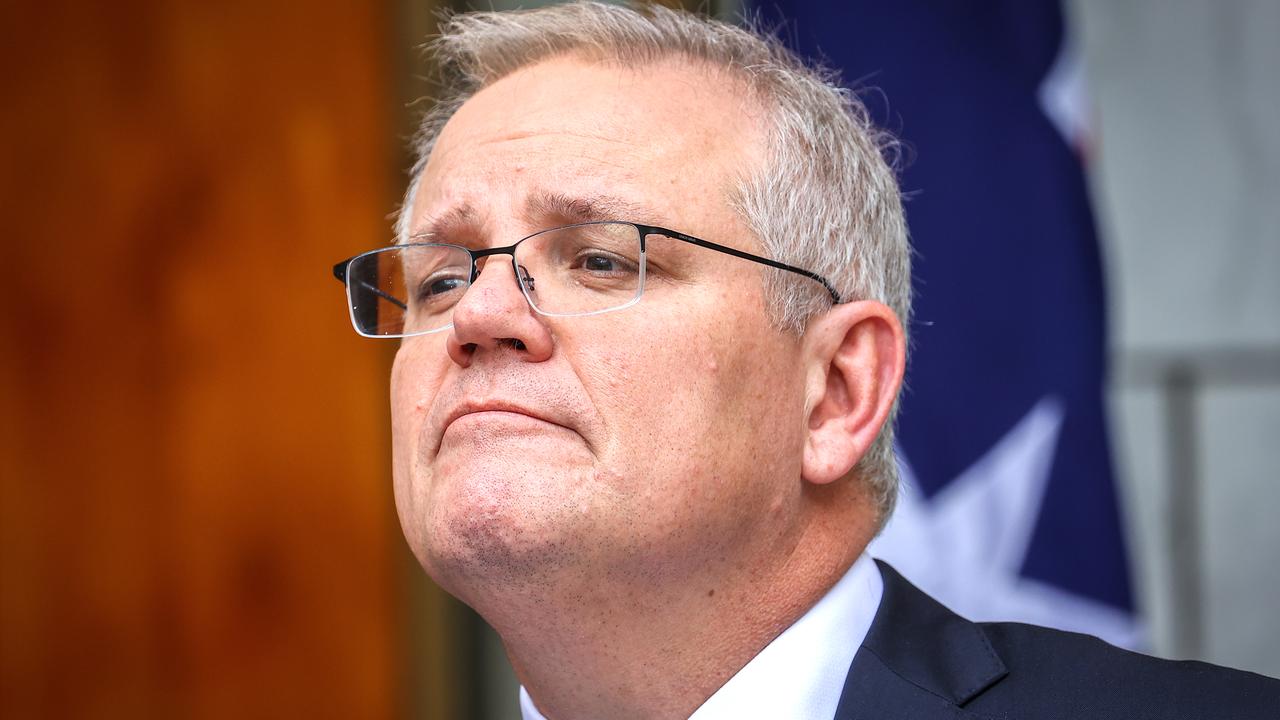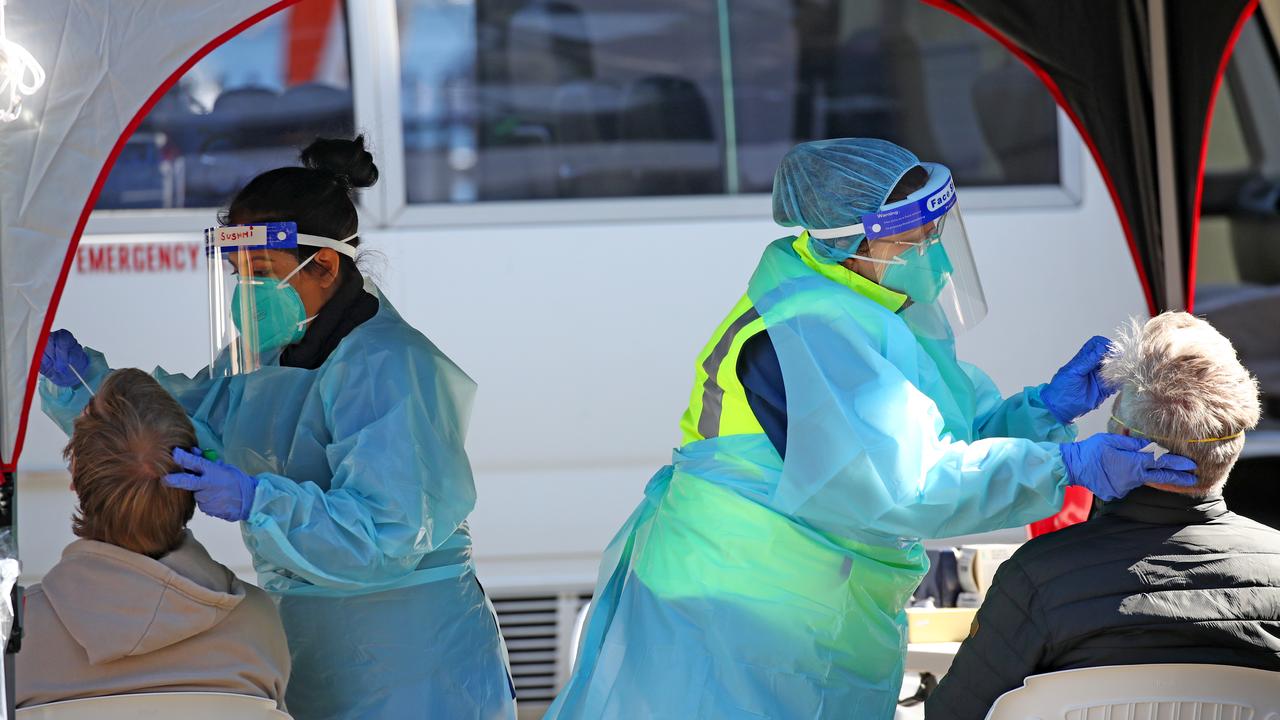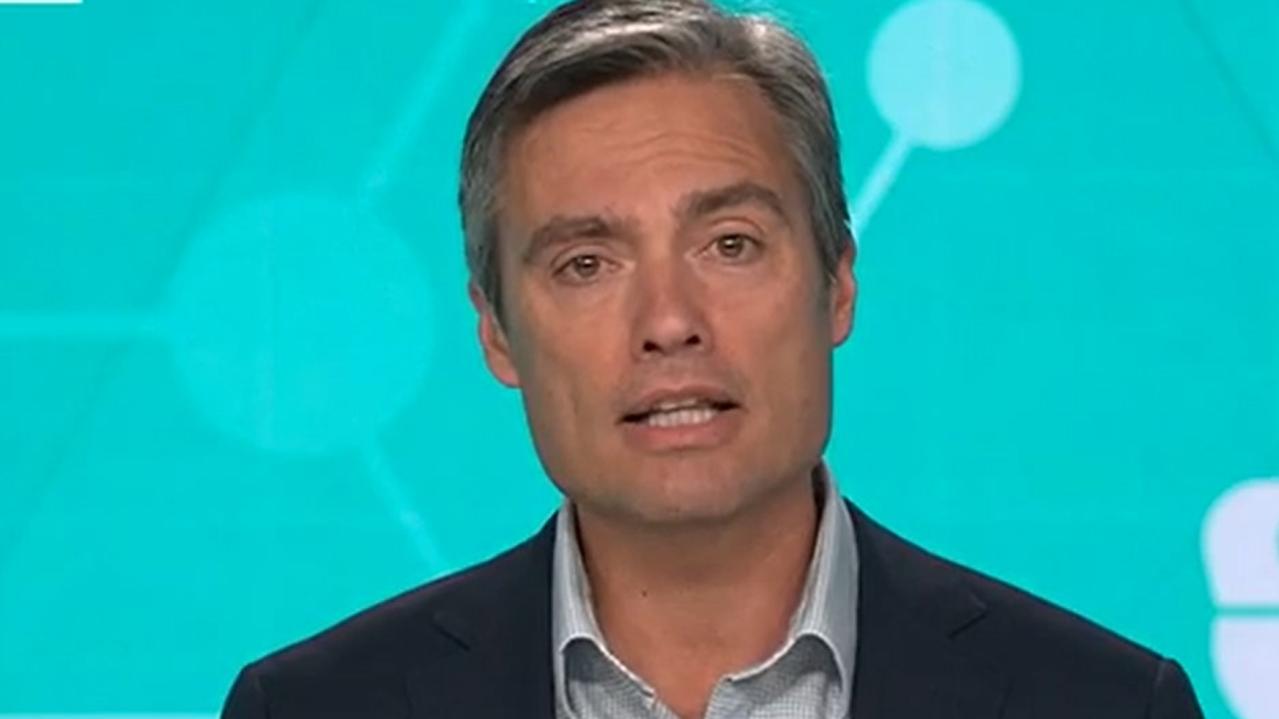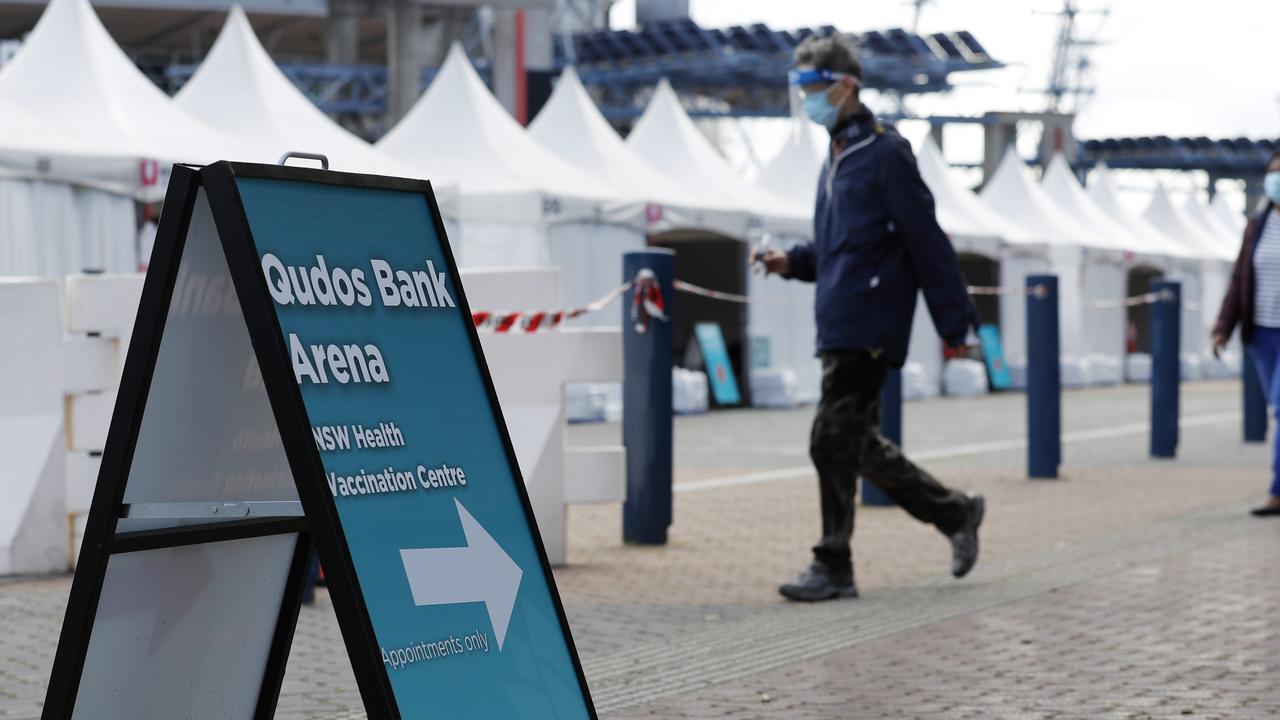Coronavirus Australia: Magic ‘hotspot’ numbers to reopen borders revealed
New ‘hotspot’ rules to govern how state borders can reopen before Christmas will declare metropolitan areas no-go areas if they record 30 new COVID-19 cases or more in three days.
New ‘hotspot’ rules to govern how state borders can reopen before Christmas will declare metropolitan areas no-go areas if they record 30 new COVID-19 cases or more in three days.
The new rules suggest Melbourne and Sydney will need to get their daily cases down to fewer than 10 a day before other states agree to open borders.
But in regional towns the bar will be even lower in the event of an outbreak, with just nine cases over three days triggering a ‘hotspot’ rating.
Prime Minister Scott Morrison announced today he has secured support for a road map for seven out of eight states bar Western Australia to reopen borders by Christmas under the new definition of COVID-19 ‘hotspots’.
RELATED: Follow our latest coronavirus updates
“There will be further discussion on how that can be more specifically defined,” the Prime Minister said.
“This will take some time to get that right. What I’m saying today is that seven out of eight states and territories have agreed with that ambition for Christmas. And whether that’s achieved in Western Australia or not, well, that will be up to Western Australia.”
The Prime Minister confirmed today the national cabinet would no longer work on the consensus model of all states needing to agree on the approach suggesting this was “unrealistic”.
“And I’m not going to hold Australia back when one or two jurisdictions, at this point in time because of their own circumstances, don’t wish to go along with the path that the country is seeking to go in,” he said.

RELATED: One state derails PM’s border plan
The proposed rules for the hotspot definitions are outlined in a discussion paper released by the Morrison Government on Friday.
“The trigger for consideration of a hotspot in a metropolitan area is a rolling three-day average (average over three days) of 10 locally acquired cases per day,” the document states. “This equates to over 30 cases in three consecutive days.”
In a rural or regional area, the trigger is three locally acquired cases a day over a rolling three-day average, equating to nine cases over three consecutive days.
Any cases of COVID-19 will be excluded from the numbers but any examples of community transmission including from known clusters will be included.
“In metropolitan areas, triggers are not specifically limited geographically as 10 cases per day across six suburbs may be more indicative of community transmission than 10 cases per day within one local government area (LGA) because of a specific cluster,” the document states.
RELATED: Defiant Premier slams ‘relentless’ attacks
“In rural and regional areas, the geographical limit is more likely to be a single town or local government area.
“It may include neighbouring postcodes in metropolitan areas such as seen in Melbourne or specific areas suggested by analysis of mobility data. In rural areas, a single town or a defined geographic area may be included as was the case in North West Tasmania.
“This provides the opportunity to ‘ring fence’ or identify a zone that includes areas at risk of incursion and transmission of disease.”
The Prime Minister said while the details were being ironed out, he was confident of a “sustainable set of arrangements where Australians could move around, using a hot spot model by Christmas”.
“That’s what we agreed on today. And what we also have today is a Commonwealth-defined hot spot, which is the starting point for having one more broadly agreed by those states and territories, which are going to go down that path,” he said
Mr Morrison said the door remained open for Western Australia to join the arrangement adding they had “set out some very specific circumstances in their state as to why they won’t be joining that aspiration at this time”.
“Western Australia has a very different border and a very different economy than most of the other states and territories where these decisions have been made,” Mr Morrison said.

RELATED: Call for ‘eight more weeks’ lockdown
“They are no large border towns. In fact, to the best of my knowledge, there are virtually none along the Western Australian border.
“They will watch carefully, they will look on, and the thing about our new way of working in the National Cabinet is the door will always remain open and they are always able to join us at a subsequent time.”
Even Queensland signed up for the plan despite insisting earlier it would not be bullied on borders.
The document also expressly states that Victoria allowed its contact tracing to get out of hand before it asked for help.
“Data analysis from Victoria in early June, indicates that the response required external assistance much earlier than it was requested,” it states.
“Victoria first requested contact tracing workforce assistance on 1 July 2020 … (but) the public health capacity was overwhelmed from June 22, 2020, where the number of cases still under investigation rapidly increased.
“This definition has been applied to the case numbers in NSW over the last fortnight to test the level of sensitivity. These data indicate that NSW would have met the threshold in late July. Further intelligence suggests that NSW is currently managing their contact tracing workforce capacity.
“Published data of the North West Tasmania outbreak show the three-day rolling average of (more than) three cases would have been met early in the outbreak.”




